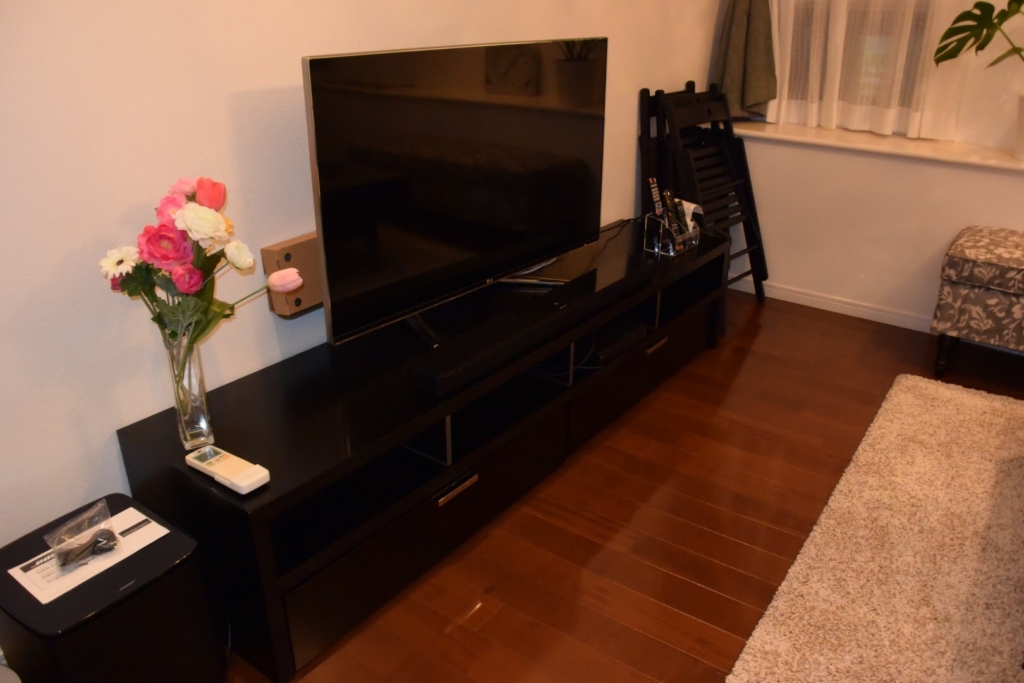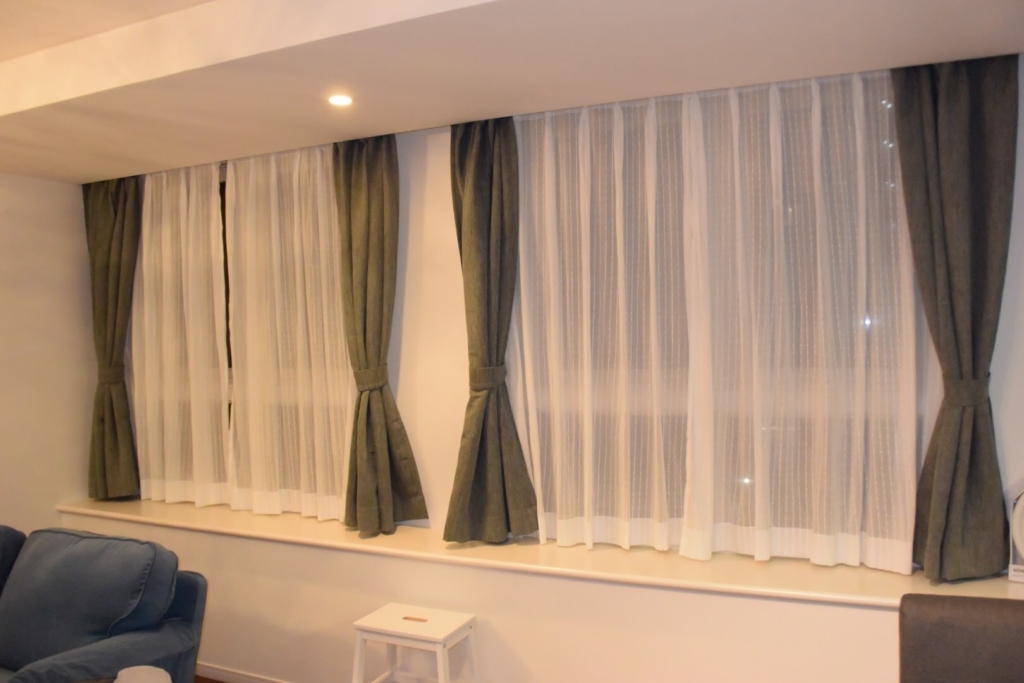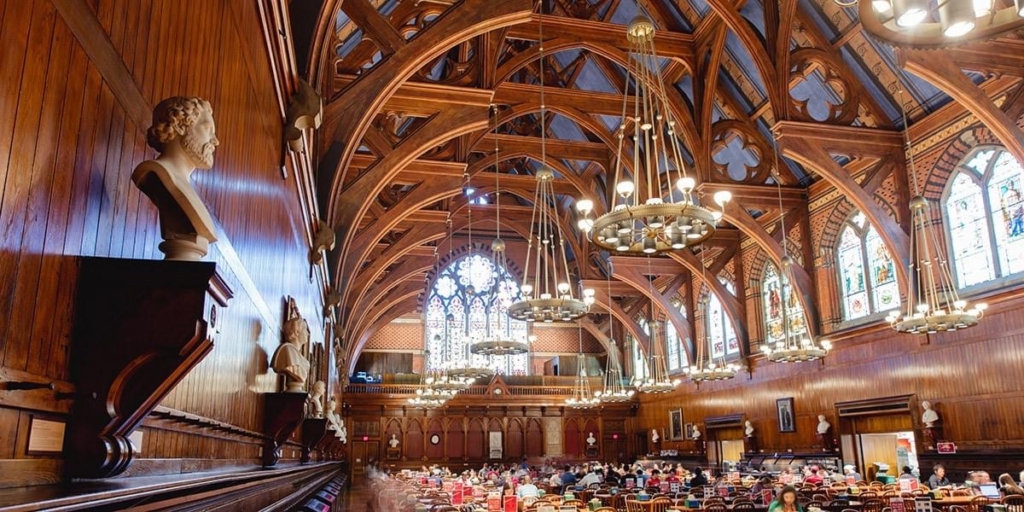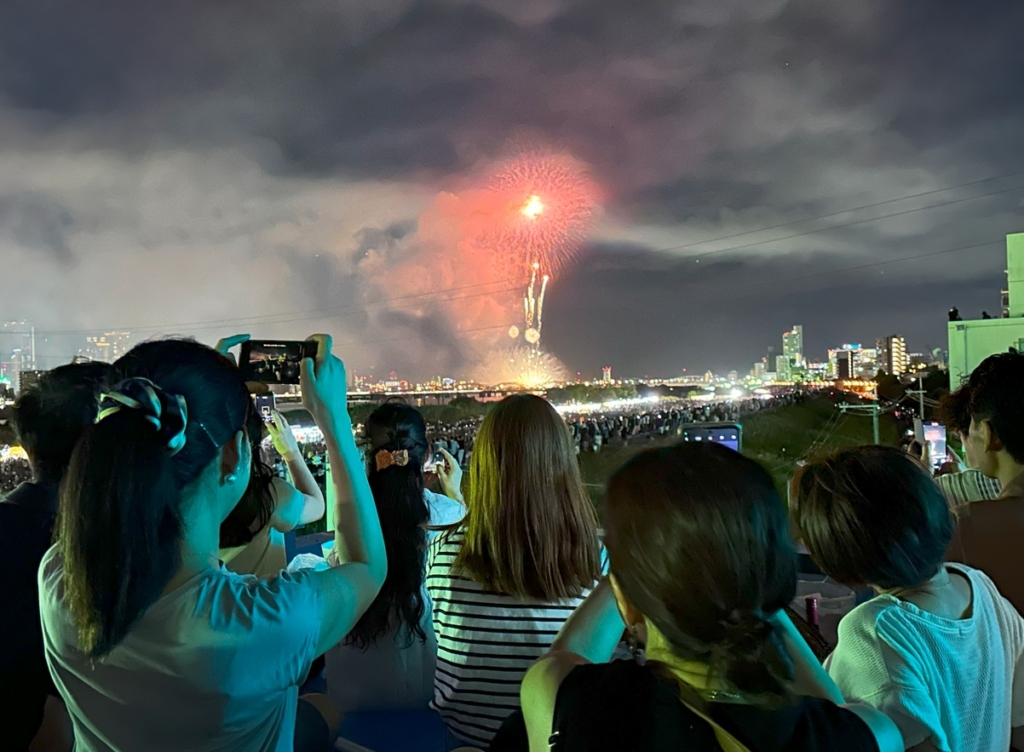
There have been concerns raised about the delays in constructing the international pavilions for the 2025 Osaka Expo. With construction starting in August 2024, these pavilions have only eight months to be completed. Some countries have yet to begin construction, and others have not even secured a construction company.
At the Expo, Type A pavilions with unique designs are referred to as the “Flower of Expo,” emphasizing the crucial role they play. The architecture, materials, structure, and space of these international pavilions vividly express each country’s culture, ideology, technology, and industry. It is no exaggeration to say that experiencing these pavilion spaces is the essence of the Expo. Therefore, delays in their construction are a matter of great concern.
Japanese television reports often attribute the decision by some countries to abandon their Type A pavilion construction to “domestic issues,” such as financial problems, natural disasters, or political conflicts. However, while the construction of Japan’s pavilions is progressing smoothly, all international pavilions are facing delays simultaneously. This raises doubts about the explanations provided by the Japan Association for the 2025 World Exposition.
I would like to investigate this issue further.
A few months ago, I was invited to the design unveiling party for the India Pavilion. The event was well-attended by the media, with many reporters capturing the presentation. A renowned Indian architect delivered an outstanding presentation using a projector, showcasing a pavilion design inspired by the Himalayas—something I had never seen before. During the party, I had the opportunity to speak directly with the pavilion director. She confidently and kindly explained the construction schedule to me, and I sensed no concern about meeting the deadlines from her demeanor. Yet, just a few months later, India officially announced the abandonment of their Type A pavilion construction.
The reason cited for the construction delays was the difficulty in finding a Japanese construction company. Additionally, some international pavilions that managed to find a Japanese construction company have held groundbreaking ceremonies but have seen little progress in construction.
Meanwhile, Japanese construction companies (general contractors) are globally renowned for their adherence to deadlines.
If these delays are indeed due to “domestic issues” within each country, why is it difficult to find a Japanese construction company? Furthermore, how do “domestic issues” result in construction delays when Japanese companies are known for timely completion? There seems to be a clear contradiction in this logic.
I aim to uncover the truth behind these issues and propose potential solutions for international pavilions. It is crucial that we address these challenges and find a way forward to ensure the successful participation of all countries in the Expo.

#Expo2025 #OsakaExpo #InternationalPavilions #ConstructionDelays #CulturalShowcase #ExpoSolutions #GlobalExposition #IndiaPavilion #PavilionDesign #ConstructionIssues #JapanExpo #WorldExpo #BuildingChallenges #Expo2025Solutions #InternationalCollaboration



 #NankaiTroughMegaquake #EarthquakePreparedness #DisasterPrevention #SafetyMeasures #EmergencyReadiness #FurnitureSafety #GeneratorPower #SmartphoneSafety #DisasterInformation #HanshinAwajiEarthquake #KobeEarthquakeExperience #StayPrepared #SafetyFirst #BePrepared #InformationIsKey
#NankaiTroughMegaquake #EarthquakePreparedness #DisasterPrevention #SafetyMeasures #EmergencyReadiness #FurnitureSafety #GeneratorPower #SmartphoneSafety #DisasterInformation #HanshinAwajiEarthquake #KobeEarthquakeExperience #StayPrepared #SafetyFirst #BePrepared #InformationIsKey





